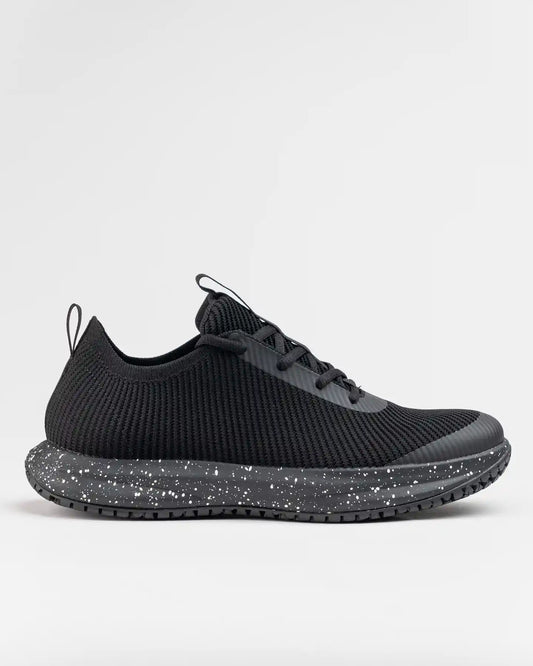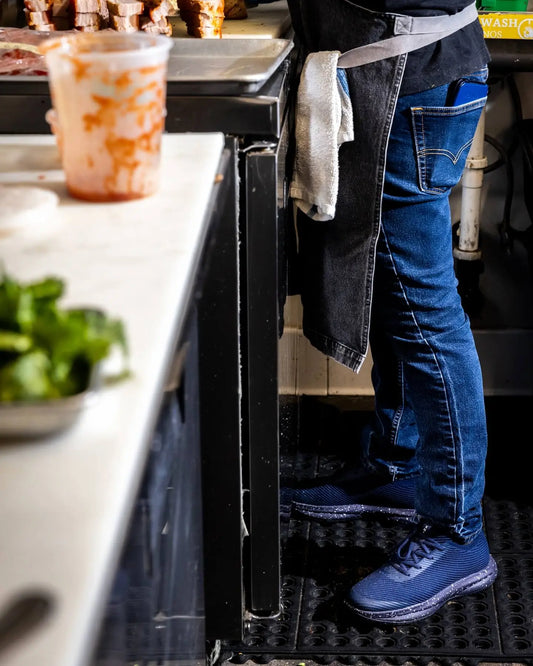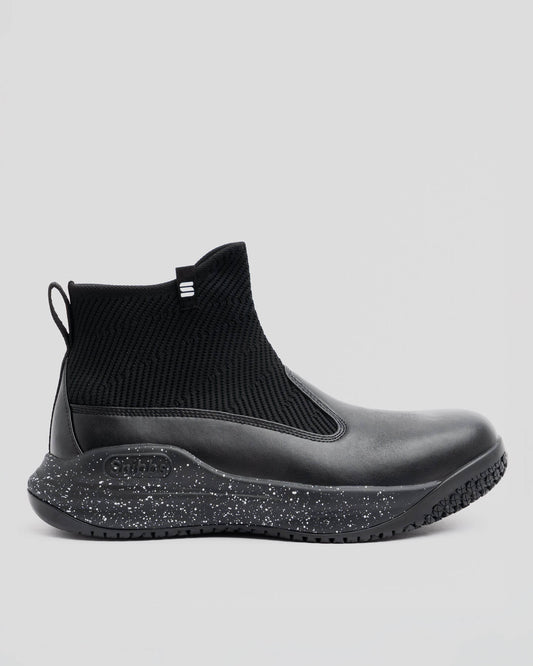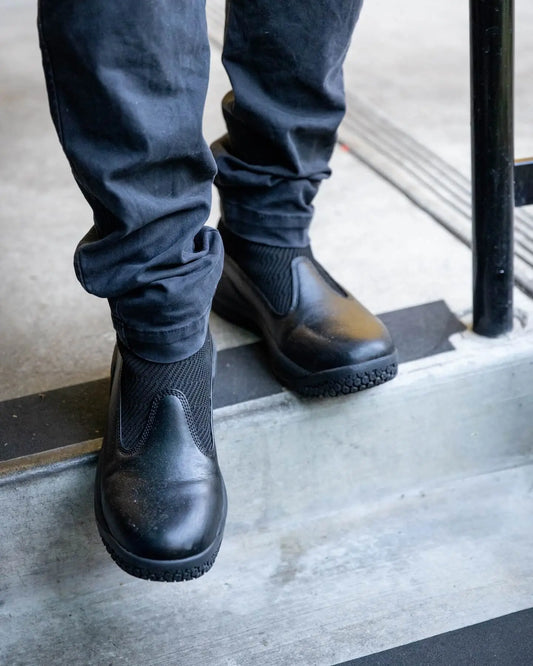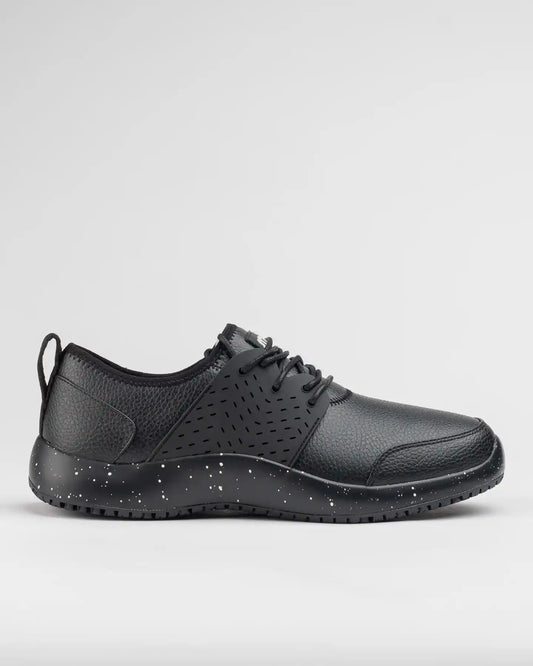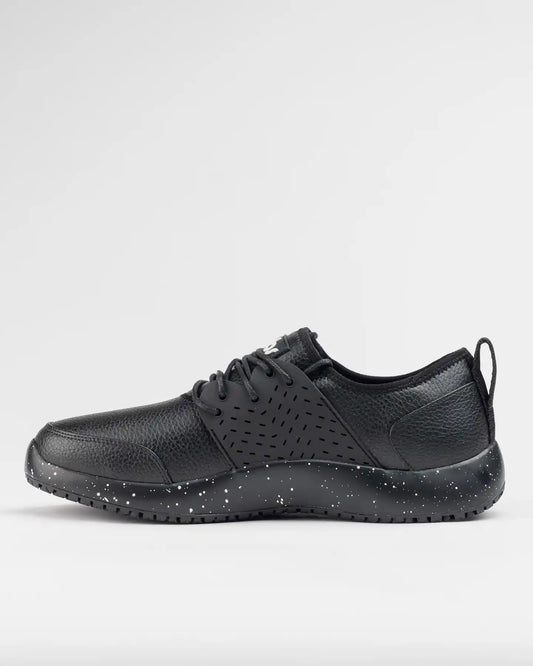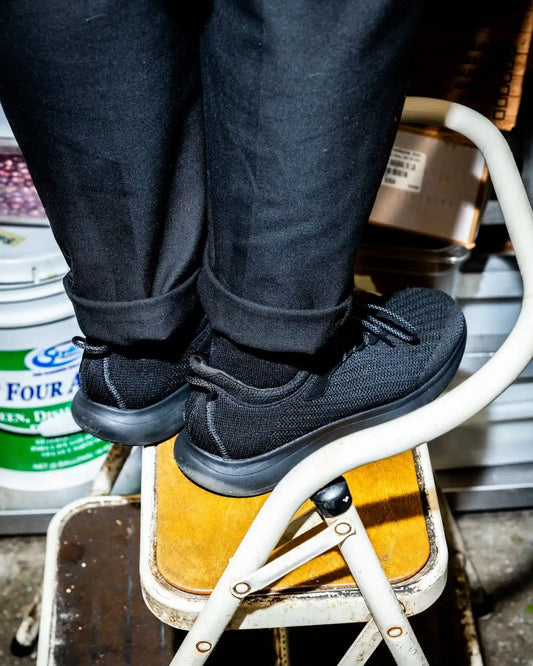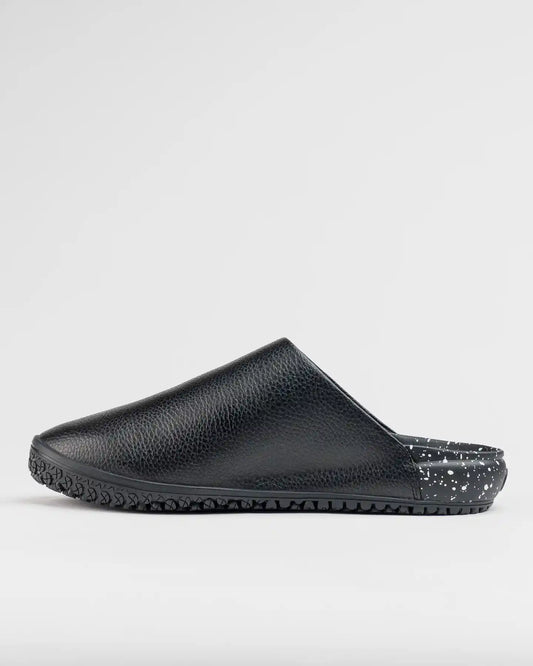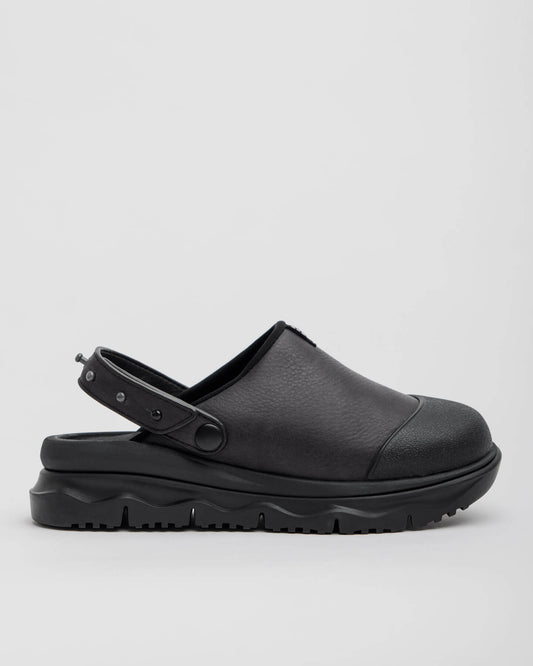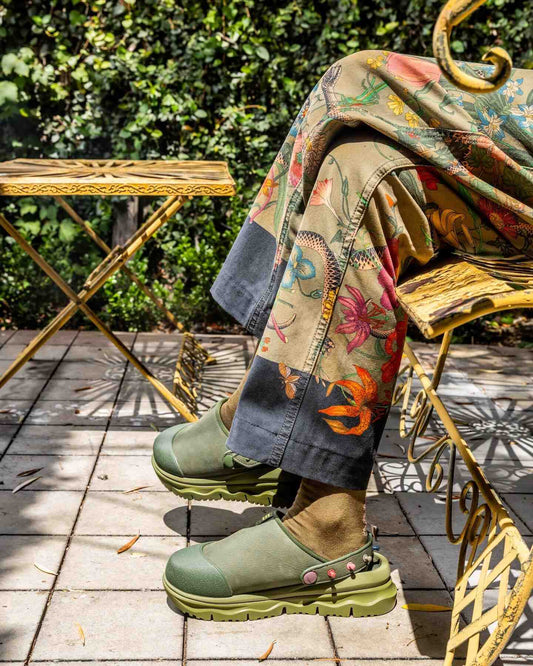Prevent Foot Pain and Injuries
Snibbs Footwear
There are a wide variety of jobs that could put individuals at risk of injury. In fact, foot injuries are one of the most common forms of injury in the workplace, regardless of occupation. Even if you do not work in a hazardous job, your feet could still be at risk that comes from long hours of standing. Not only does this cause aches and pains, but it could also lead to conditions such as flat feet, rheumatism and arthritis.
It is imperative, therefore, to look at foot safety closely and analyze both its causes and preventive measures. Broadly, foot injuries can fall into two categories. The first set could result from injuries that happen on account of accidents resulting from sharp objects, corrosive substances, crushing incidents, and more. The second set could emanate from slips and trips resulting in a fall.
In preventing accidents and therefore injuries, there are two aspects to be mindful of:
- Flooring
- Footwear
Flooring
Concrete flooring comes with a number of issues, the simplest among them being foot fatigue. It is important therefore to go with flooring that provides some amount of support and flexibility. Think to carpet or using wood or rubber. You could also use anti-fatigue mats to provide cushioning. Anti-slip mats are also useful if your workplace is prone to spillage. A word of caution here though - in installing these mats, emphasis should be laid on accuracy. You do not want a rolled mat installed with the best intention to become the cause of a trip and fall.
Footwear
Foot safety has a lot to do with using protective footwear that minimizes exposure to several hazards. In choosing the footwear, you need to be mindful of the following facts:
- Ensure that the footwear has enough toe room that accommodates foot swelling at the end of a long day. It will not be prudent to assume that tight footwear will stretch out, so be careful of the fit.
- A cushioned insole goes a long way in providing adequate support to the foot.
- It is advisable to look for an anti-slip outsole so that any accidents related to slips caused on account of water, oil or grease can be minimized.
- A deep heel cup is a must-have to stabilize the foot as also align it with the knee, hips, and ankles.
Besides the above, it is advisable to assess the individual hazards of your industry to look for added protection in the shoes. For example, if you work in an industry where there is a fear of sharp objects, it will help to have toe guards in place. Similarly, for cold climate insulating footwear is a must-have, as are electric hazard shoes for those working with high voltage machines.
Even though physically demanding jobs may have higher foot injury rates, individuals with desk jobs who do not walk a lot during the day are also prone to a number of foot-related issues. Supportive footwear can go a long way for them to provide added comfort.
Prevention, they say, is better than cure. It certainly holds for foot safety, as healing an injury is far more difficult than preventing one.
